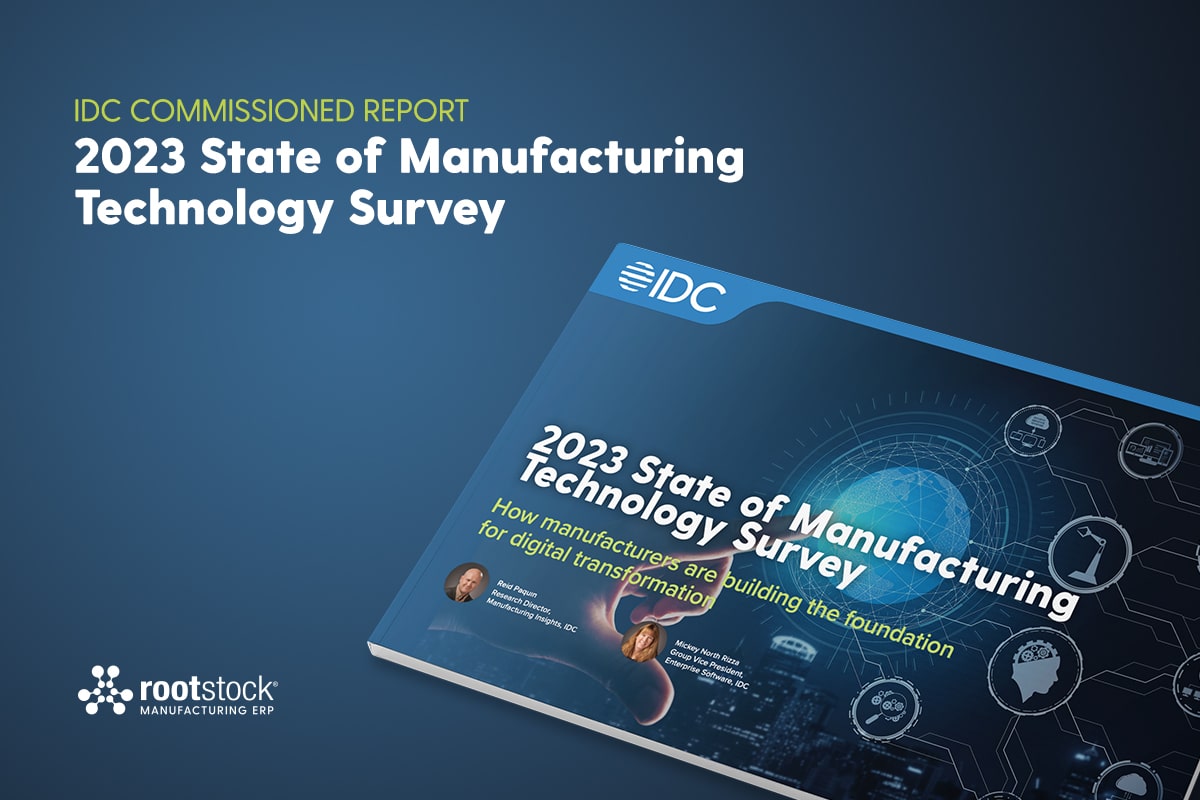The Role of the CFO
When hoping to move to a new manufacturing cloud ERP system, sooner or later, you will need to have a discussion with the Chief Financial Officer (CFO) or the person who acts as such for your company. The CFO’s job is not to join in on your enthusiasm over all the terrific benefits that you plan to achieve with your cloud-based ERP system. That’s not what CROs do.
We need to understand that the CFO’s role, with us and everyone else, is to turn down many proposals to assure that the few most important can thrive. Thus, the CFO asks the right questions to provide the rest of the C-suite with the correct risk/reward insights so that they know when to approve a suggestion or not. Since there are only so many resources in an organization, the CFO needs to assure that they are allocated properly.
What to Tell a CFO about Your Proposed ERP Manufacturing Software
First of all, you need to explain that what you are now using to track the business no longer works. At any particular time, if someone asks you how much you have in inventory or if you are making money on that big order to your largest customer, you can’t tell them right at this time. As the business continues to grow, emphasize that you are doing way too much managing by the seat of your pants. You need a computerized solution that provides more accurate information and visibility into your operation, from both a process and financial standpoint.
You will need to show the CFO that you have come up with the most economical solution. It may not be the cheapest but it is the cloud ERP system that will provide your company with the best return.
Explain how public cloud vendors are delivering complete “platforms” that eliminate so many of the negatives that come with on on-premise cloud ERP solutions. Get the CFO to understand that public cloud platforms have already considered development, integration, development languages, open API’s and web services to assist companies like yours who want to develop apps on their platforms. You won’t have to spend time or money on this. These platforms have been effective at reducing the cost of development and integration while ensuring that a native app will peacefully co-exist, be deployed and be maintained independently without impacting other apps on the platform. If you already have an on-premise solution, show the CFO how you can still use it as well in a hybrid system. Bone up on Gartner’s composable ERP to help you.
Let the CFO know that you have selected a software-as-a-service (SaaS) cloud ERP solution. Others are sharing this same software but your data will be isolated and protected from others. You have selected this version versus a private cloud model in which you would own the software because the provider of the SaaS solution is constantly making upgrades, something you would have to do and pay for yourself.
Hearing this, you can take it to the bank that the CFO is going to bring up the subject of security. Shouldn’t the company be worried that they are not going to have control over the software and their own data? Look the CFO straight in the eye and say, “First of all, the cloud provider will have greater security control over our data than our own IT department could. If they have even one breach, their business life is dead. That’s why they have large teams of security specialists making sure nobody gets into their system.”
Once the Saas discussion is over and done, immediately discuss how Saas lets you select the best of breed cloud ERP solution. In doing so, you looked forward. You selected a cloud ERP software that lets the company not only adapt to a global environment but collaborate through the supply chain, even perform with a variety of mobile devices. Describe how the chosen software reduces costs through increased flexibilities in all areas of your supply chain. Clarify how it will improve productivity through better collaboration between suppliers and customers. Emphasize how you will be able to provide immediate access from anywhere on the planet to information through intuitive user interfaces and the web. Be ready to give specific examples.
“Many ERP Solutions Don’t Live Up to Their Expectations,” Says the CFO
Expect this counter from your CFO. Let the CFO know that you’ve studied those that have done things right as well as those who haven’t. Let the CFO know that this fear is erased by properly managing the project. First of all, you’ve undertaken your analysis using realistic expectations. You have tried to be conservative throughout.
Let the CFO know that you plan to implement the cloud ERP solution by hiring people that have done this many times before with the cloud ERP application that you have selected. They know how to manage such projects and keep costs in line. Plus, the software vendor has a proven track record of support and service. Lastly, there has been much time put into your analyses of this undertaking. You have thought it through, evaluated different software types and packages and planned the implementation. If desired, offer to share all this background with the CFO.
Talk the CFO’s Talk, Not Yours
The secret to persuading people to do what you want is to talk their language. Remember, CFOs are very cautious individuals. When all is said and done, they, more than almost anyone else, are judged by the bottom line. Not your bottom line … but the company’s. Every department is coming to them with new ways to spend the company’s money. And, each and every one of them is going to provide your CFO with reasons why their project should be selected. If you keep the CFO’s concerns towards the top of your many analyses throughout your project, this meeting will be one to look forward to, not be apprehensive over.






